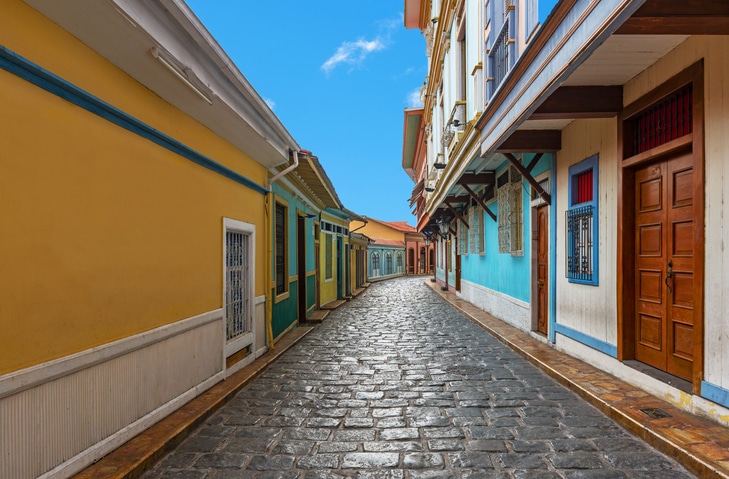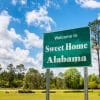Source: Mansion Global —
When American expat retirees and vacation-home shoppers look outside the U.S. they traditionally flock to the Caribbean, Baja or Costa Rica to take advantage of peaceful surroundings and more value for their dollar. Now, a new hotbed for escapees of the U.S. real estate market awaits those willing to look a little farther south.
Ecuador has an unfair share of natural wonders that are enticing visitors to hunker down for the longer term. Containing both the Galapagos Conservancy and the Chocó Rainforest, the South American nation of about 18 million people presents extensive biodiversity and unique in-nation travel offerings. Meanwhile, Ecuador’s larger cities such as Quito and Guayaquil provide international airports, universities, top-shelf hotels and restaurants.
Following a financial crisis in 2000, the Ecuadorian Sucre collapsed. The country soon adopted the U.S. dollar as its national currency, making sure American expats heading there never have to calculate currency exchanges even as their money stretches further than it would back home.
The hottest current real estate market for U.S. immigrants to Ecuador is Cuenca. The city of about 661,000 in the country’s southern Andes highlands is a Unesco World Heritage Site, with homes and condos in its city center and surrounding green countryside offering affordable luxury and history in the same purchase.
Dominic Hamilton, director of communications at Ecuador’s Metropolitan Touring, is a long-time transplant from London whose work keeps him updated on the country’s developing regions. He listed the nation’s embrace of the U.S. dollar to stabilize its economy and the country’s unique biodiversity as prime factors in attracting expats.
“Ecuador’s cost of living is very low compared to the U.S., and therefore attractive for anyone looking to retire comfortably,” Mr. Hamilton said. “You can live a luxury life for around $1,500 per month.”
Mr. Hamilton listed Cuenca as one of the most rapidly growing areas because it offers a good balance between reasonable size and population, effective urban facilities and a “climate in an eternal spring with no extreme weather.”
“The city has good infrastructure by Latin American standards, with good water, electricity, internet and a recent tram system that improved urban transportation,” he added. “It’s an approachable city, with several rivers—and its outskirts amid the rolling Andes also became popular places for retirees to settle.”
















